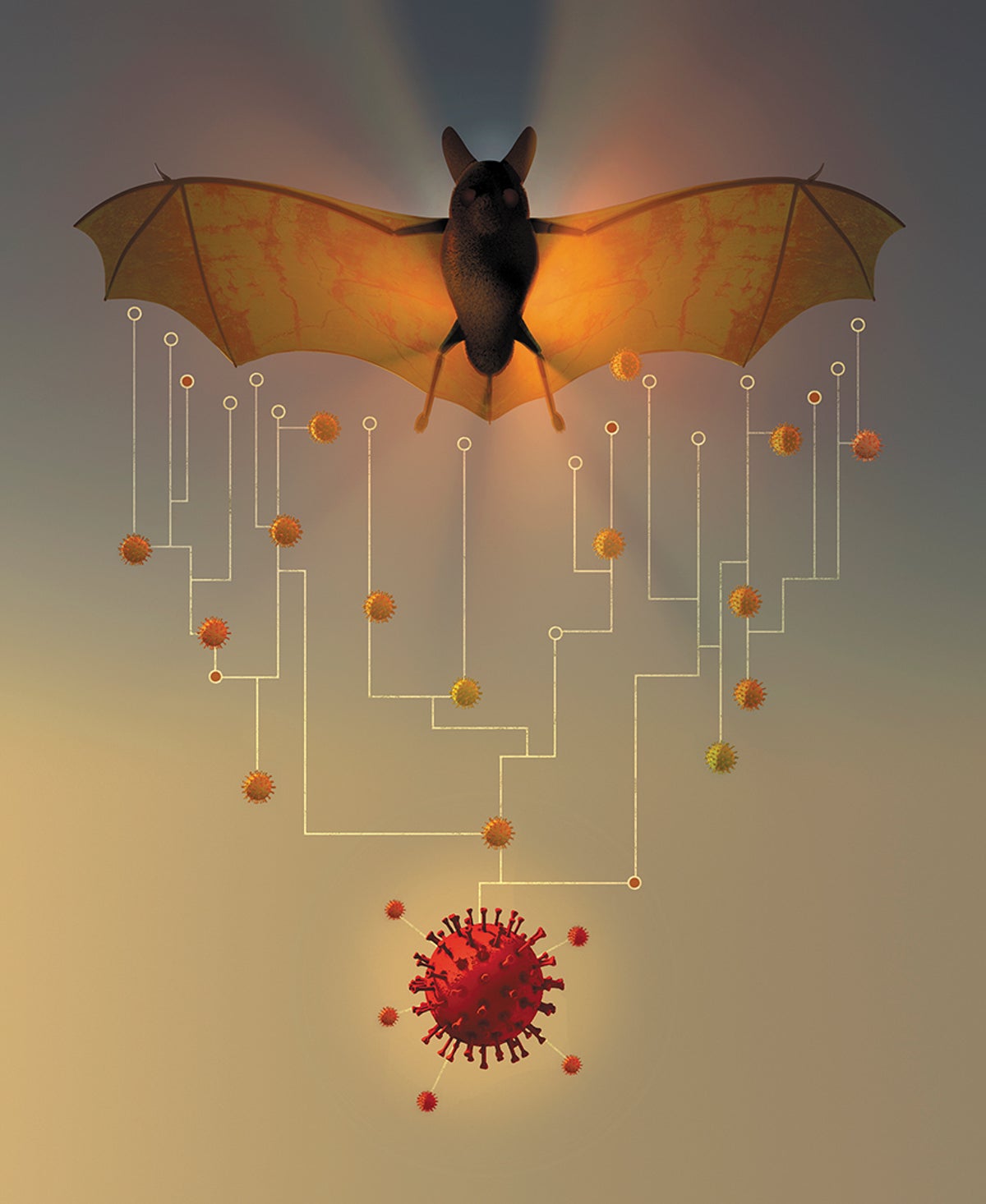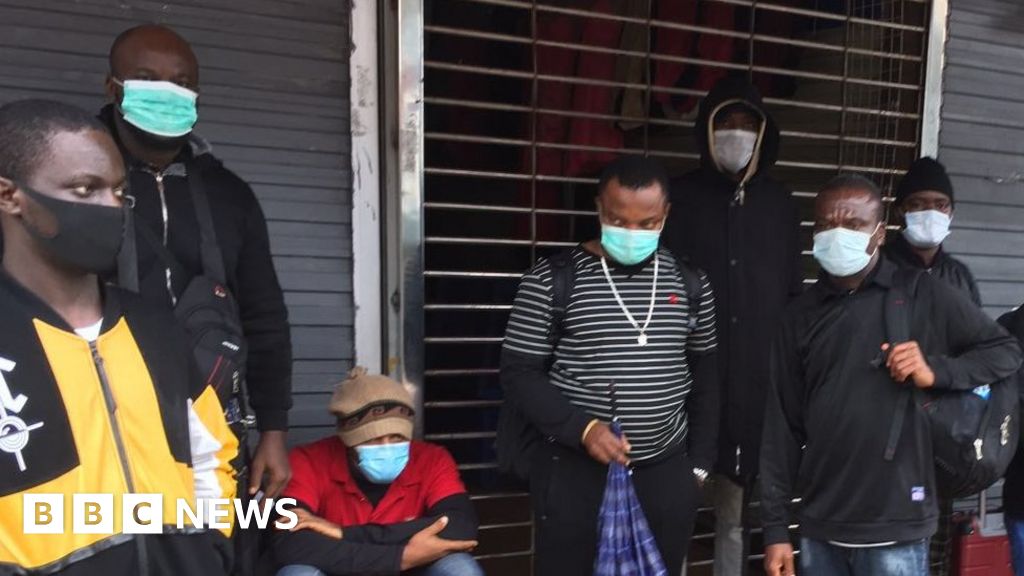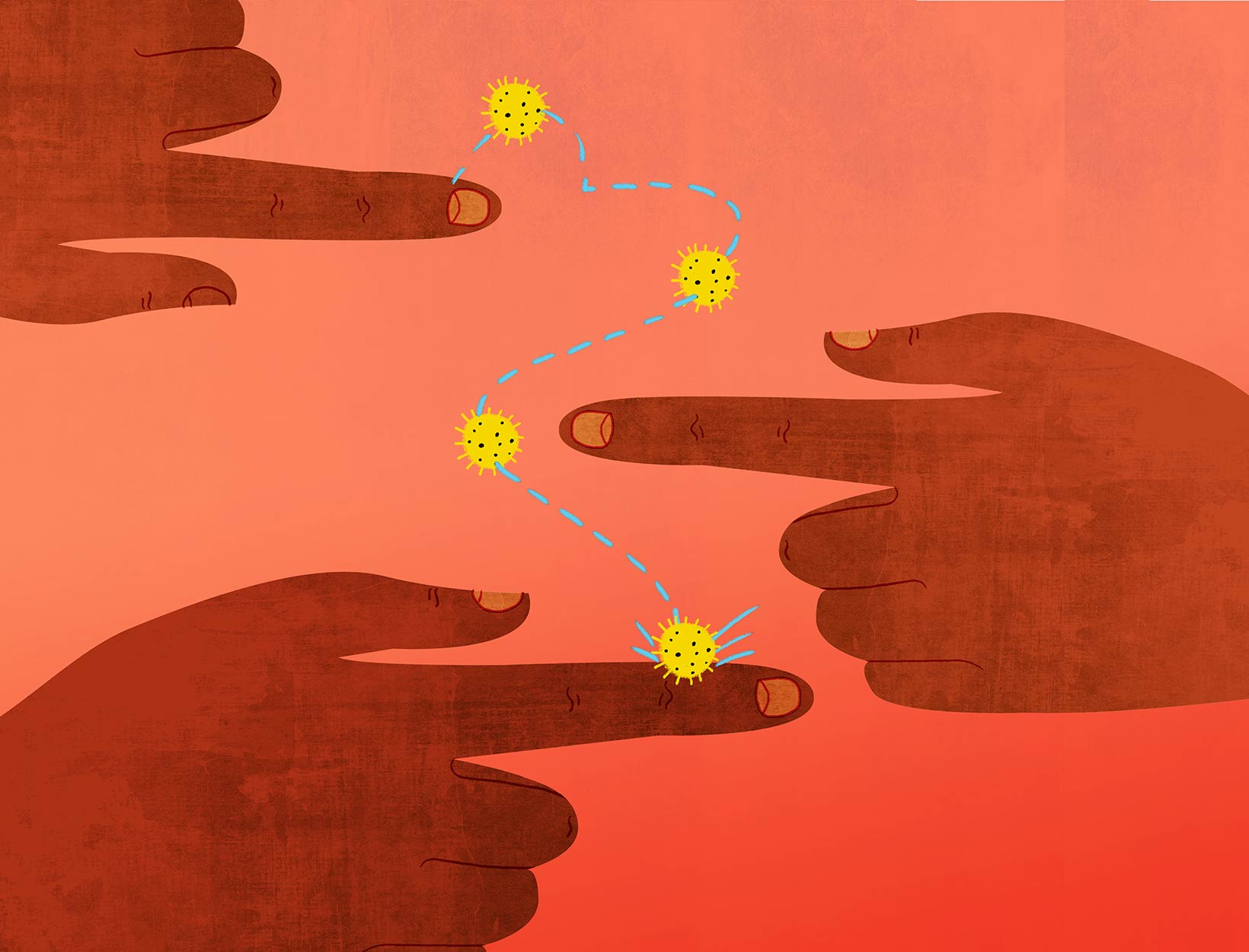We certainly do have a enough facts. Researchers in Hong Kong warned China about the dangers of eating bats in 2007
Wuhan-based virologist Shi Zhengli has identified dozens of deadly SARS-like viruses in bat caves, and she warns there are more out there

www.scientificamerican.com
But in China they blame the spread of Covid on black people.

Nothing surprises me from this country, this a country that allows animal cruelty, they classified dogs as livestock! Poor treatment of women, forced sterilization! Installation of nets at factories to stop the workers who they treat like slaves from committing suicide! Building more coal plants than any other place on earth, which will lead to even more deadly pollution...etc
China is like something out of a horror movie.
McDonald's is in damage control mode after a restaurant in China displayed a sign banning black people from the premises.

www.cnn.com
The Guangzhou authorities deny their actions have been racist, but admit that all African nationals have been tested.

www.bbc.com
There's no argument here that eating bats is an ok idea.
However, in reading all the immunology on the subject, its entirely unclear at this point that that is what happened.
There are a variety of theories circulating.
The strain of Sars-COV found in Bats is not precisely the same strain as in humans. Its the closest known match, which make bats a probable source.
If that species ends up being the definitive source (as opposed to through a third vector), its still unclear as to how transmission occurred. But thinking seems to lead to a third vector species.
From there its unclear if this happened in the wet market or elsewhere, and by what means the virus moved from the vector to humans.
From Angie Rasmussen a Virologist at Columbia University:
"We don’t know for sure, but genomic evidence suggests that the closest related virus that we know of is a virus naturally found in bats. Many coronaviruses originate in bats and wildlife, and coronaviruses that are pathogenic, such as the SARS and MERS coronaviruses, are thought to have originated in bats and then infected other species. We don’t know if there is an intermediate species for this specific coronavirus, but we do know that there’s a very similar and closely related virus that was found in 2017 in Yunnan, China, in a bat.
COVID-19 probably originated in wild bats, and either through direct exposure to those bats or exposure to another animal that was infected with a similar virus, it ended up crossing over into humans. One suggested intermediate host has been pangolins, an endangered scaled mammal that is widely traded on the black market for both meat and the use of its scales and body parts in some types of alternative medical treatments. Genetically similar coronaviruses have been identified in pangolins, but there is no evidence that this specific virus came from pangolins. We haven’t found the “smoking pangolin,” although it’s certainly possible that the wildlife trade in either bats, pangolins, or some other species could have been an opportunity for exposure to humans.
Other possibilities for exposure could be a bat or another animal in somebody’s home or someone who was exposed to bats in nature or to another animal carrying the virus. It’s important to note that genomic data suggests that this pandemic has been driven by human-to-human transmission after the initial animal spillover, meaning that COVID-19 cases are acquired from other people, not from animal-to-human transmission."
I'm supplying this link to her Q&A because its easily accessible, but don't take the source page as any knock on her very real credentials.
There’s a lot of information and news out there about the novel coronavirus. Some of it is factual, some of it is not, and some hovers somewhere in between. We asked virologist Angela Rasmussen, PhD, our most pressing questions.

goop.com











